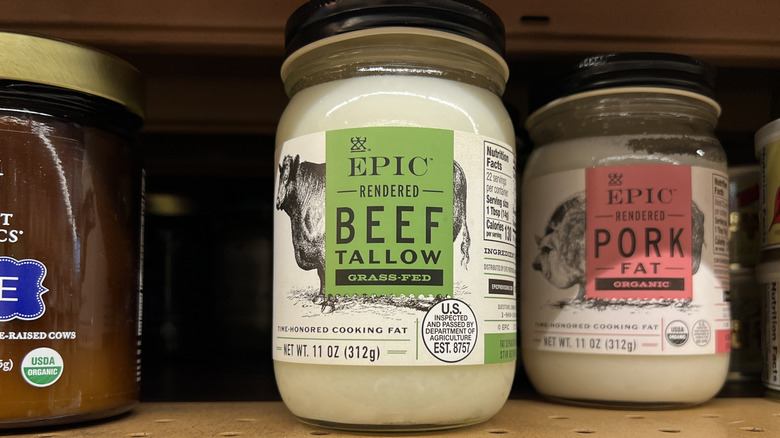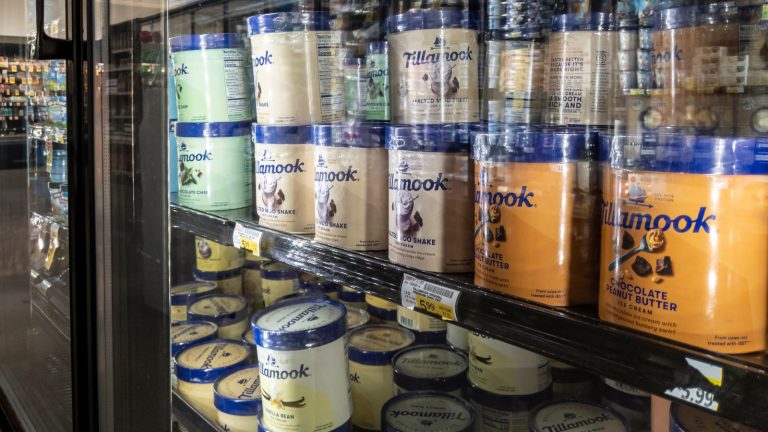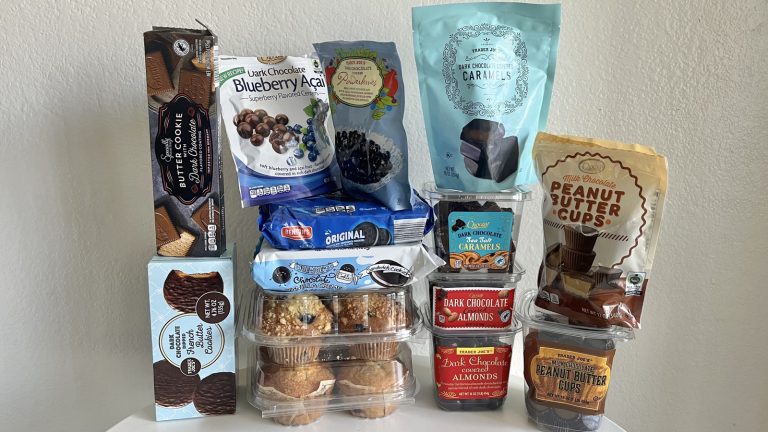We may receive a commission on purchases made from links.
Beef tallow has been trending (along with its cousin bone broth) as the shift in wellness is moving again toward the possible benefits of animal fats. While there’s a controversial history of cooking with beef tallow, research suggests that the saturated fats found in rendered tallow are chock-full of fat-soluble vitamins. You may even be using it on your skin. If you’ve been rendering your own tallow to use as a cooking alternative to oil or butter, you might be wondering if you can reuse it after cooking with it. You can, but according to an expert, one more use after rendering is the limit.
We consulted Austin Stull, executive chef at Chicago’s Grillroom Chophouse & Wine Bar, for some tips on what to do with tallow once it’s been rendered. “Rendered beef fat is great to use in any recipe or technique that calls for clarified butter.” Stull added, “Generally, when rendered, I like infusing it with other aromatics like thyme and garlic, especially when basting a steak. For this reason I would say use it once more after rendering to ensure the compounds from the other ingredients don’t turn sour.” Once you’ve cooked something else with your beef tallow, the bits and pieces of that food will be incorporated with the beef fat. After repeat exposure to more cooking and additional food particles, the fat will oxidize and turn rancid.
How to render beef tallow and when to use it
Beef tallow, like this jar of organic tallow from Fatworks, is a great go-to if you’re making the switch from butter or oil, but you can also render your own tallow. All you need is the leftover fat from beef cuts you already have on hand, or fat that you’ve purchased from the butcher. The fastest way to render beef tallow is still pretty slow, and it will require 3-4 hours in the slow cooker or on the stove. Dice the fat into small pieces in order for it to more easily liquify. You need only to cover it with a small amount of water to prevent the fat from burning, and if you’re cooking it on the stovetop, make sure you keep it on a simmer and stir it every 30 to 60 minutes to prevent sticking.
Once rendered, you can use tallow as a substitute for butter, ghee, or oil. “Rendered beef fat is great to use in any recipe or technique that calls for clarified butter,” says Stull. “It’s great to sear with as it has such a high smoke point, and I like using it to fortify the butter in a rich puree like mashed potatoes.” Tallow has a high smoke point, so it’s great for frying, searing, or roasting. Cooking with beef fat could be your new hack, so check out our other 12 pro tips for cooking with beef tallow.






